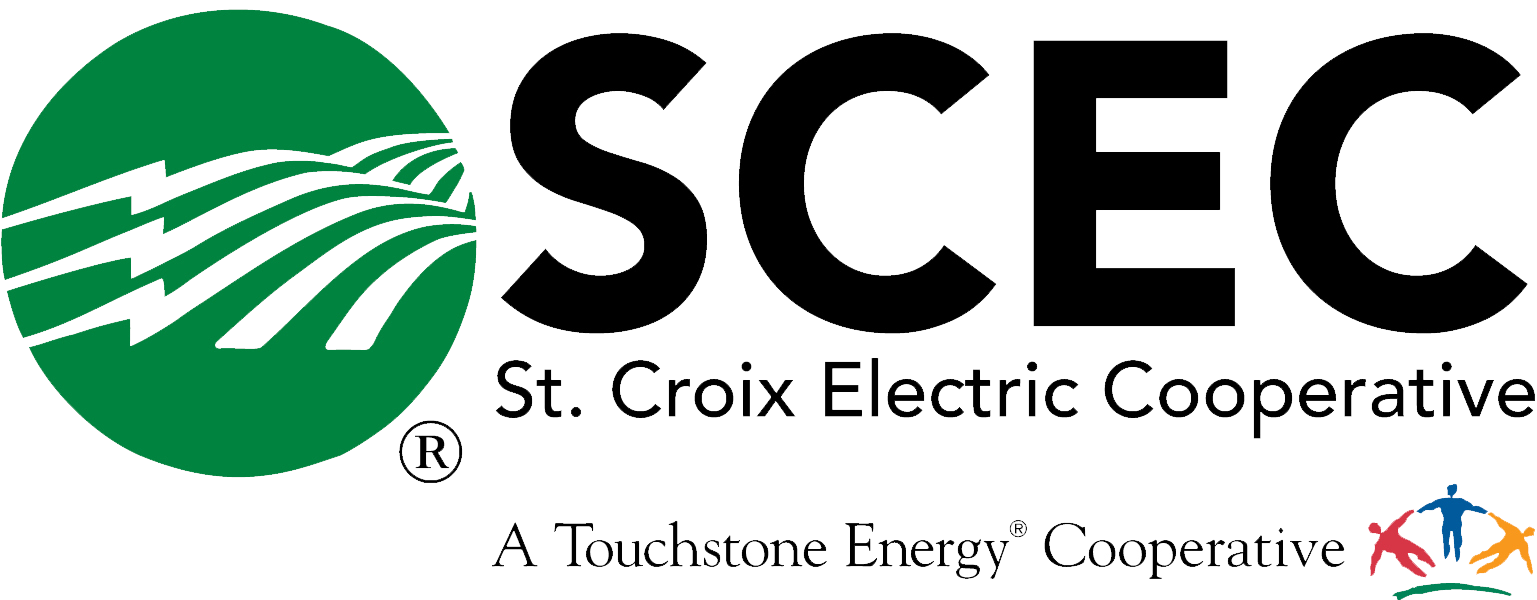What happened in Texas? Could it happen here? Those two questions have been on many members' minds since the Polar Vortex. The questions are straightforward; the answers are more complex.
During the February Polar Vortex, extreme cold was experienced in our region and throughout a vast area of the United States, including states like Texas that rarely suffer single-digit temperatures.
Our region withstood the recent Polar Vortex for three primary reasons:
- A reliable, properly regulated interconnection
- Balanced energy supply
- Well maintained and winterized equipment
Texas operates its own, deregulated electrical grid—the Electric Reliability Council of Texas (ERCOT). Our wholesale power supplier, Dairyland Power Cooperative, is part of the Midcontinent Independent System Operator (MISO) regional transmission organization (RTO). RTOs are sometimes referred to as the “air traffic controllers” of the energy infrastructure world. MISO is federally regulated by the Federal Energy Regulatory Commission (FERC) and works with its member utilities to ensure a reliable balance of supply and demand on the region’s grid. ERCOT is not subject to FERC regulation because it is wholly contained within Texas - it does not cross state lines.
Both MISO and another RTO, the Southwest Power Pool (SPP), were operating under Maximum Generation Events during the Polar Vortex. SPP implemented rolling blackouts throughout its region, successfully avoiding systemwide failure. The rolling blackouts extended as far north as Moorhead, Minnesota. Rolling blackouts are emergency measures that drastically curtail electricity use with the purpose of avoiding a catastrophic event, as seen in Texas. They are a harsh reminder of the importance of a reliable, carefully controlled grid.
Although RTOs and ERCOT prepare for varied forecasts like every balancing authority, ERCOT's planning for extreme winter temperatures was inadequate. RTOs help direct power plant availability by managing when and which resources are offline for maintenance to ensure regional reliability. It is essential to have a sufficient and balanced mix of generation available.
Every generation resource has its strengths and limitations. For example, wind and solar energy have a clear advantage over fossil fuels in terms of emissions. However, both are reliant on weather factors (sun and wind) that are beyond our control. And although natural gas is a reliable, baseload resource, natural gas pipeline systems are nearly fully subscribed during extremely cold conditions, which can limit their use for fueling electrical power production during extreme cold.
Dairyland’s backbone power supply assets (coal-fired and natural gas peaking plants) are capable of reliably producing energy, no matter what the weather brings. During the cold spell, all of Dairyland’s baseload units (JPM, Genoa #3 Station and its share of the Weston #4 plant) ran at peak output for multiple days. In fact, Dairyland’s John P. Madgett (JPM) coal-fired power plant broke gross daily generation records twice in just over a week, once on Feb. 8 and again on Feb. 17. In addition, when natural gas became in higher demand for home heating, Dairyland’s Elk Mound site switched to fuel oil for operations, as did other natural gas plants in the Midwest.
Here in the Upper Midwest, we also know how to dress for winter. We keep ourselves safe and warm with proper outerwear… and we apply the same principles to our electrical facilities.
Infrastructure in our region is built for extreme cold, with insulation and heated pipes combatting Polar Vortex temperatures. This includes wind turbines designed with heating technology to de-ice blades and hubs, as well as properly insulated natural gas piping and valves. The wind turbines in Texas were simply not built with freezing temperatures in mind and could not operate in the extreme cold. Despite this, even wind turbines in the upper Midwest become unable to generate electricity in the range of 20 to 30 below zero or when there is too much wind.
We are all thankful for surviving the extreme cold in mid-February – which we owe in large part to the hard-working employees at the fossil-fueled plants and transmission and distribution companies. Thank you for keeping the lights on and keeping us warm and safe.
